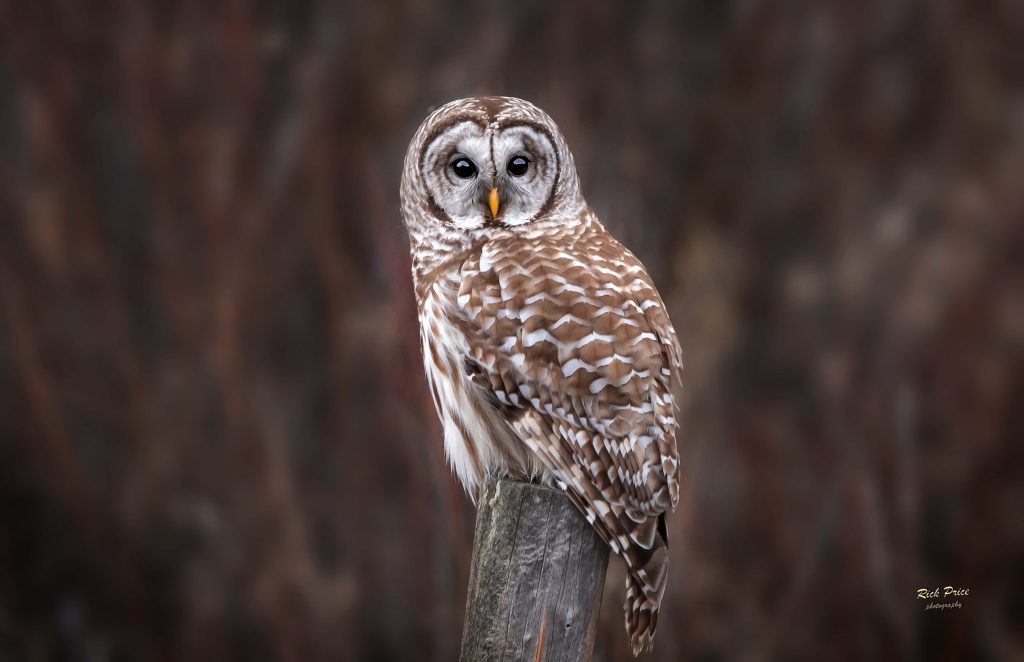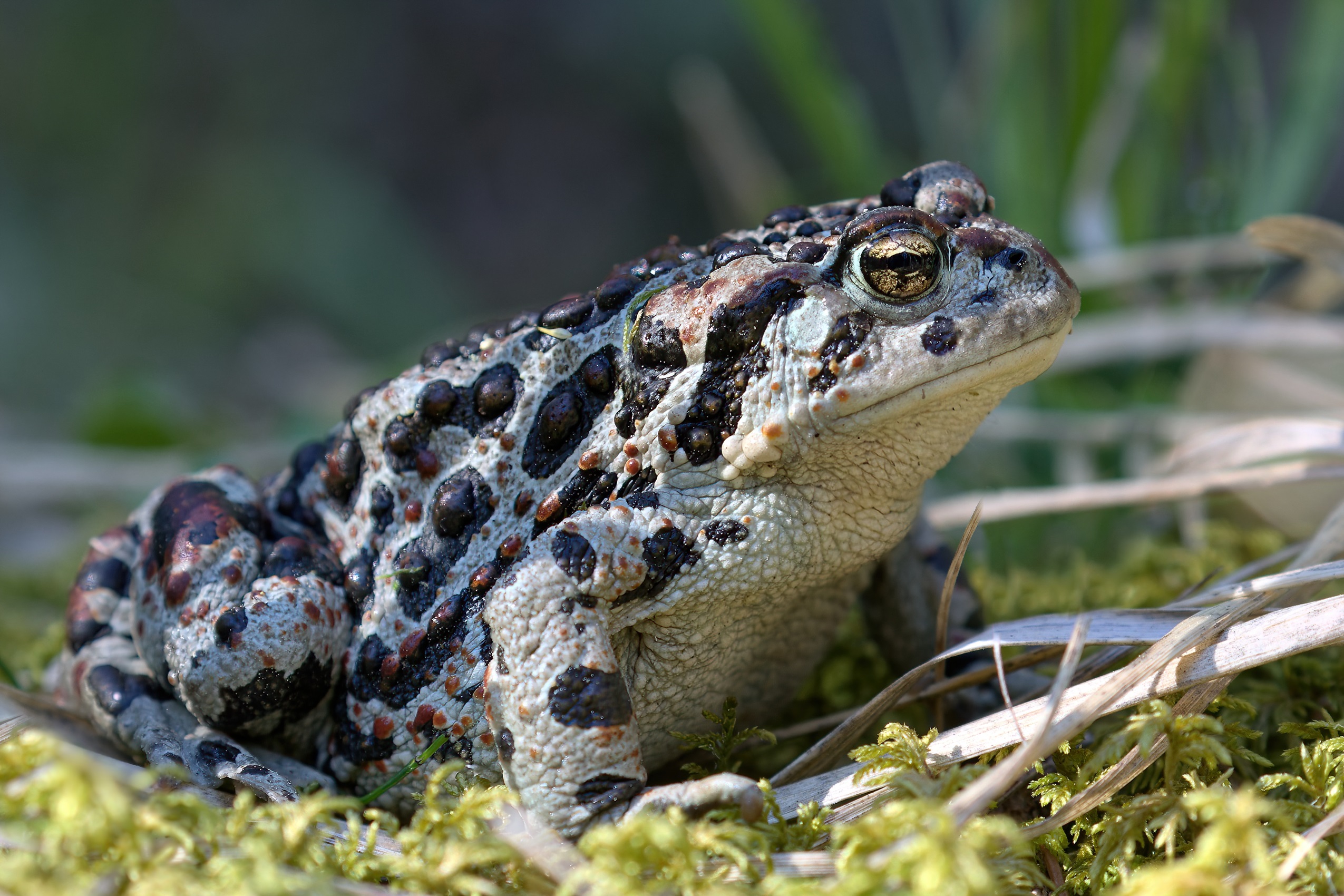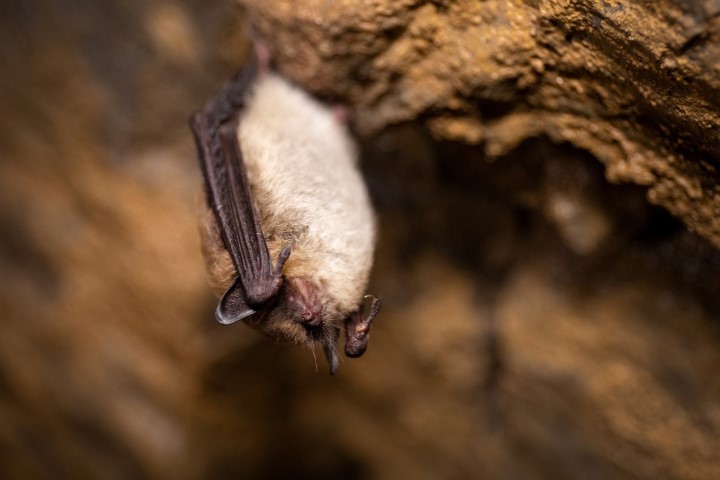My BIG Alberta Backyard – Animals of Autumn

Owls can’t move their eyes, but they can rotate their heads 270 degrees to survey the land, like this barred owl. That’s almost all the way around! RICK PRICE
BY SARA LORENZ
Alberta is a great place to live. It’s a big, beautiful province full of all kinds of natural wonders. In My Big Alberta Backyard, we introduce you to the unique and interesting wild spaces that you can find in your province, and the diverse wildlife that live there. As autumn winds blow in and the leaves begin to change colour, Halloween is fast approaching! So this time, let’s learn about some wonderfully spooky animals that live in Alberta.
Animals of Autumn
At Easter we think of rabbits and chicks, and we see lots of pictures of bright red cardinals around Christmastime. As Halloween approaches, images of spooky animals can be found in decorations, on clothes, and even on our candy bars! We are lucky that so many diverse creatures crawl, slither, and soar in our Big Alberta Backyard. Let’s learn about some spooky species, like toads, bats, crows, and owls, and the essential role each fascinating animal plays in our ecosystems.
Toads
With their warty skin and webbed toes, toads have long had a place in fantastical folklore. You’ve probably read stories in which someone was magically turned into a toad as a curse! In Alberta, we have the real thing: three species of “true toads,” known for their bumpy skin — the Canadian toad, the Great Plains toad, and the western toad — as well as the smoother-skinned plains spadefoot toad. Toads are important to the food web. They eat many types of spooky insects and arachnids, like spiders, and are themselves eaten by lots of spooky animals, like snakes. Toads cycle nutrients by eating insects and algae and transferring that energy to the predators who eat them. Toads also have thin skin, which is very sensitive to changes and pollution in their habitat. Scientists can learn a lot about the health of an ecosystem from studying toads.

A Western toad basks in the autumn sunlight with its black warts on display. RICHARD SCHNEIDER
Bats
Autumn is a time of many changes in the natural world, such as shorter days and longer nights. Many spooky animals come to mind when we celebrate Halloween because they are nocturnal — they are most active at nighttime. Alberta is home to nine species of bats.* Bats don’t need night vision to hunt, as they use echolocation. Bats make unique noises and then listen to the echo to help them travel through the darkness of night, hunting insects. Bats can eat their body weight in bugs each night — that’s thousands of bugs! This maintains insect populations, which keeps the food web healthy.
Crows
The caw of a crow creates a spooky soundtrack. Crows are very smart animals that can use natural elements like rocks and sticks as tools. They can also mimic other bird sounds and even human voices! Crows travel together with their families. Most crows migrate in October. They leave Alberta to go somewhere warmer for the winter. However, during the warmer months of the year they help take care of our ecosystems. Like bats and toads, they eat many insects. But crows are also scavengers, which means they clean up our natural environment by eating animal and plant matter that is dead and decaying. This is a vital part of the natural cycle of life!
Owls
The haunting hoot of an owl puts a listener in mind of dark forests and mist-covered meadows in the moonlight at Halloween. Numerous species of owl live in Alberta.* Like bats, most owls are nocturnal hunters. But unlike some other spooky animals we’ve learned about, owls are perched at the top of the food chain. Not many other animals try to eat them. For this reason, they are top predators. They even eat other predators, like bats! Owls help all other spooky species thrive by keeping their populations balanced.
Spooky Season Species

Bats aren’t only unique for their use of echolocation; they also roost and sleep upside down, like this little brown bat! JASON HEADLEY
Autumn is a fascinating season. With so many changes in the natural world — like longer nights, colourful leaves, dying plants, and cooler weather — this season can feel magical. Toads, bats, crows, and owls are just some of the important animals in Alberta we think of along with this spooky season. From the smallest spiders and slithery snakes to predators like wolves at the top of the food chain, each animal contributes to Alberta’s ecosystems. This spooky season, let’s celebrate the creepy creatures that make Alberta’s natural landscapes special!
Sara Lorenz is an editor who loves to explore Alberta’s natural landscapes. Sara feels most at peace in Alberta’s wild places and has been passionate about camping and hiking in our parks since childhood.
This article originally ran in Nature Alberta Magazine – Fall 2023.
